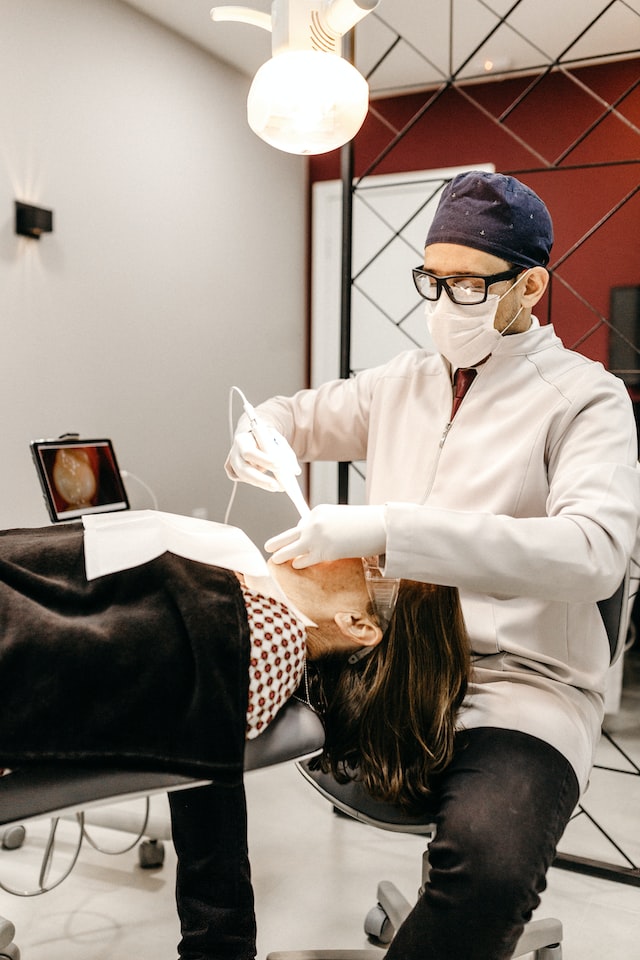An interesting article titled “When is periodontal maintenance not enough?: The need for clinical guidance,” appears in the Journal of the American Dental Association published on January 21, 2023, written by Stephen K. Harrel and et. al. The article discusses how dentistry should seek to make new guidelines that address the management of periodontal patients who have continued inflammation.
In the article discussion is made of how scaling and root planing is typically the first treatment for periodontal disease does not always eliminate inflammation. The initial treatment of periodontal disease consists of the removal of biofilm and calculus and patient education to help them continue to maintain oral hygiene in the future. The authors feel that in the case when inflammation persists, dentists should discuss to the patient advanced therapies and the risks of not undergoing these therapies while also mentioning that repeated scaling and root planing most likely does not halt periodontal destruction from progressing. If patients with periodontal disease do not have inflammation, indicated by a lack of bleeding on probing and an absence of visible inflammation, after having scaling and root planing than at about six weeks post-treatment they can be placed on periodontal maintenance schedules. However, these paintenance schedules are not adequate for those patients with continued inflammation.
The authors of the article would like to see guidelines created by organized dental groups to inform clinical decision-making for patients who do not respond to nonsurgical periodontal therapy. The authors feel that guidelines should be created based on reevaluations of patients’ initial periodontal therapy and provide advice for subsequent therapy based on clinical findings determined at their reexaminations. Such guidelines should use in-depth analysis of the literature and incorporating many factors. The current guidelines state that not every patient with chronic periodontitis responds to nonsurgical treatment and the dentist should consider surgical or other more complex interventions or referral to a specialist when needed.

Guidelines in dentistry have been a source of contention in the past. See for example past articles on this site related to guidelines on wisdom teeth such as Should the NICE Guidelines for Management of Wisdom Teeth (Third Molars) be Reevaulated? and Indications for Removal of Wisdom Teeth and also guidlines related to sedation in pediatric dentistry such as AAOMS Pushes Back on Anesthesia Guidelines for Pediatric Patients. Even so getting something written done by a dental group that members can adhere to is something to pursue so there is consistency of practice but debate often rears its head.
Not removing wisdom teeth can lead to gum disease and periodontitis as has been discussed on this site, see for example the article Reconsideration of decision making for third molar extraction and Wisdom teeth and periodontal disease association in US adults. The authors in the article discussed in the post seeking additional guidelines regarding periodontal maintenance for when inflammation persists with gum disease certainly makes it seem that it is best to avoid gum disease from occuring in the first place. Certainly regularly brushing and flossing can help in this regard. Other non surgical ways to treat gum disease has been discussed before, see for example Blueberry extract could help treat periodontitis and Omega 3 Fatty Acids Inversely Proportional to Periodontitis.
